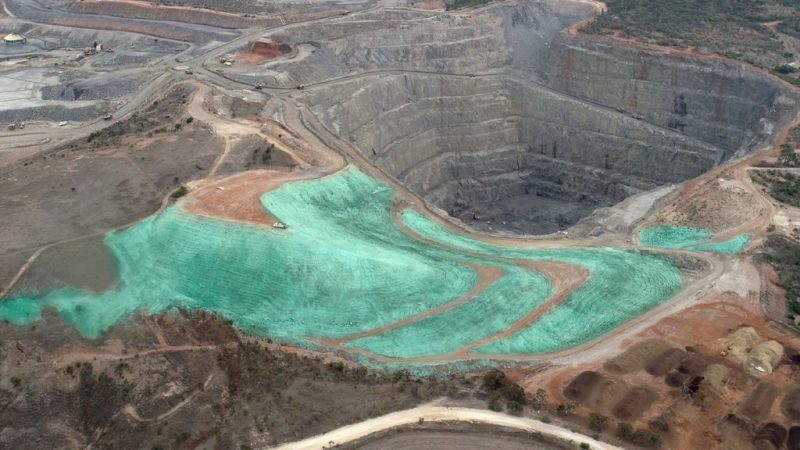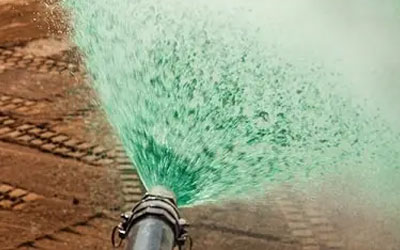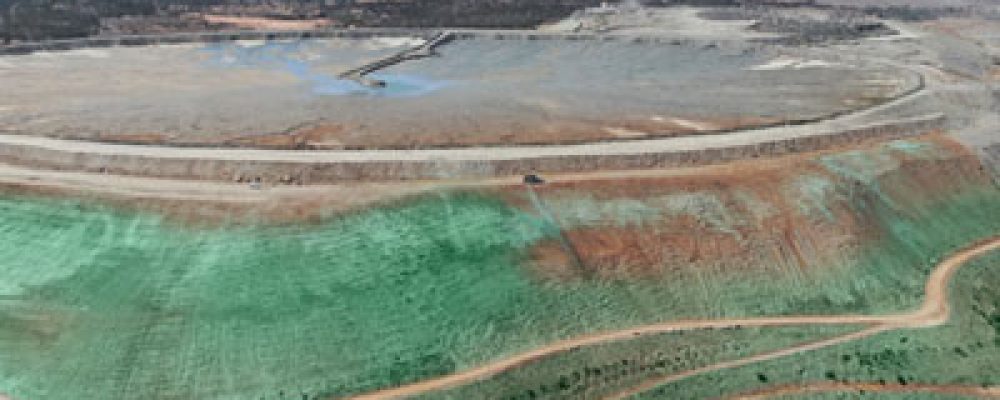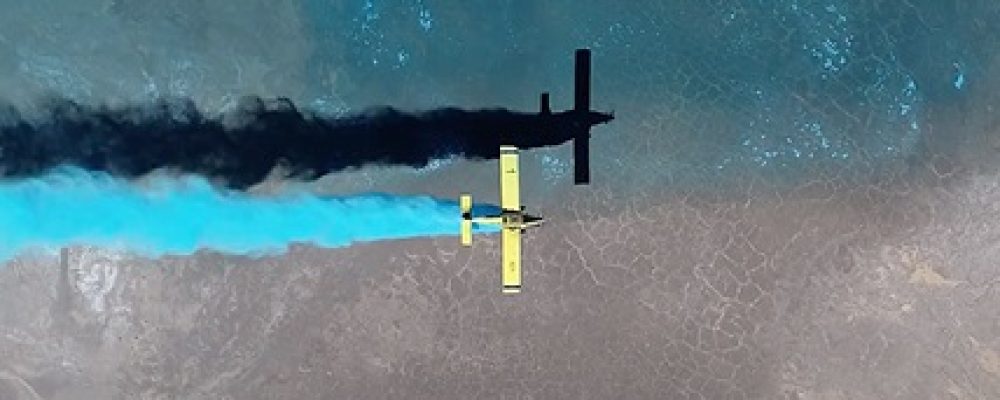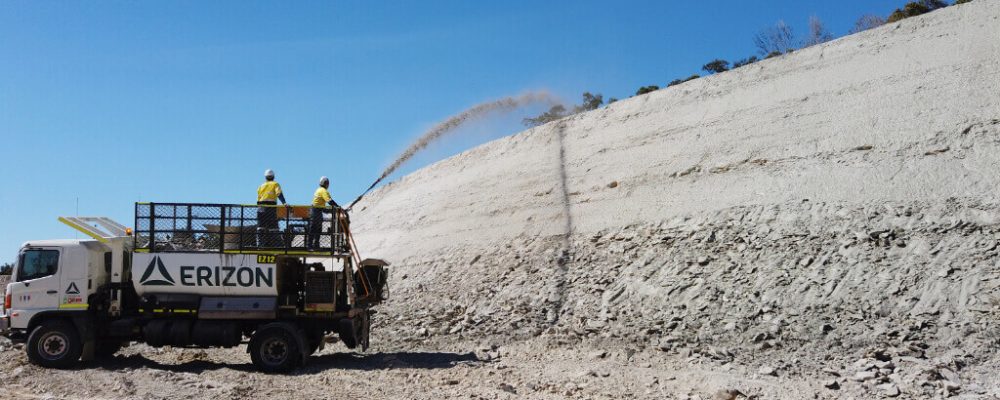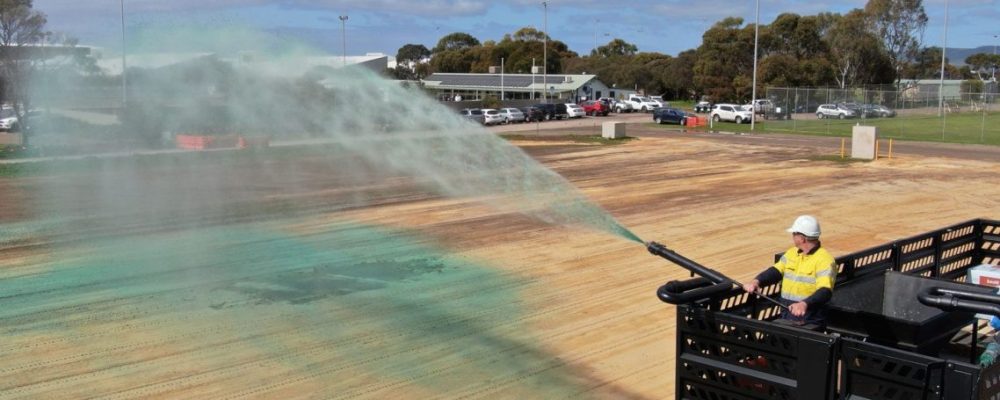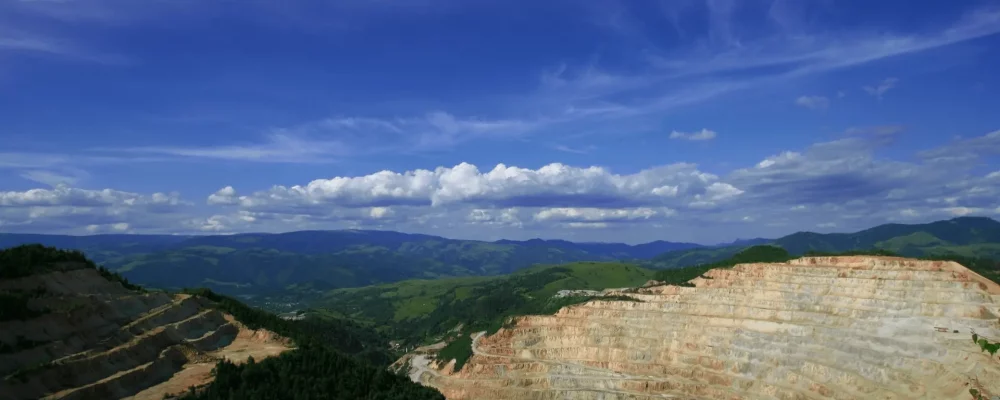The potential damage to the local environment and ecosystems from mining is common knowledge these days. One of the largest contributors to this damage is mine tailings. Tailings are the waste left behind from the mining process, rock, or other materials. Tailings are an unavoidable by-product of mining that needs special consideration. Commonly tailings are stored in water in dams or ponds, unfortunately, this creates a water source that has negative impacts on the surrounding soil. Tailing dams can have any number of heavy metals in them, including Copper, Zinc, Iron, and many others. The heavy metals are not the only problem, the water, and surrounding soil often become highly acidic creating a low PH in both the water and surrounding soil.
These issues combine to create very poor growing conditions for revegetation purposes, but revegetating tailing dams is important. Revegetation will help control dust lift-off when the substrate is dry, and with the right plant choices, can help protect the local environment and ecosystems. The question is what plant life can grow in these poor conditions and help rehabilitate the ecosystem.
Erizon always conducts comprehensive laboratory analysis of tailings material for a full range of plant growth characteristics before selecting the best plants to use for optimal coverage. Here we look at grasses that are good potential choices for tailing dams.
Cynodon Dactylon
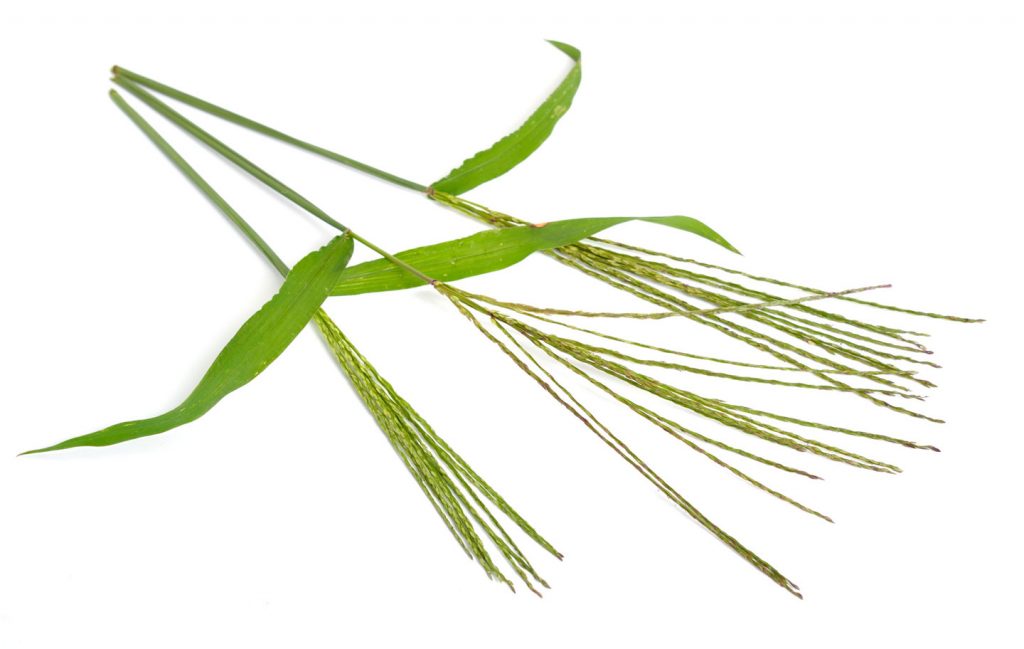
Cynodon Dactylon is commonly known as Couch Grass, Dog’s Tooths Grass, Bermuda Grass, and many more. Couch Grassis a common grass used in warm climates all over the world, making it ideal for use in Australia. Its ideal growing conditions are between 24 and 37 °C but begin growth at temperatures as low as 15 °C. Normally Cynodon Dactylon has a root system reaching down to 60 centimeters, however, in drought-like conditions, the root system can extend as far down as 2 meters. Such a deep root system provides great erosion control, especially in dry conditions where erosion can be a big problem. Heavy rainfall is not a problem for its growth either making it a very versatile option. For tailing dams specifically, Cynodon Dactylon grows well in very low PH soil as found in these locations. It’s capable of absorbing a wide range of heavy metals, including many found in tailing dams. Overall Cynodon Dactylon is a great choice for revegetation and rehabilitation of tailing dams.
Chrysopogon Zizanioides
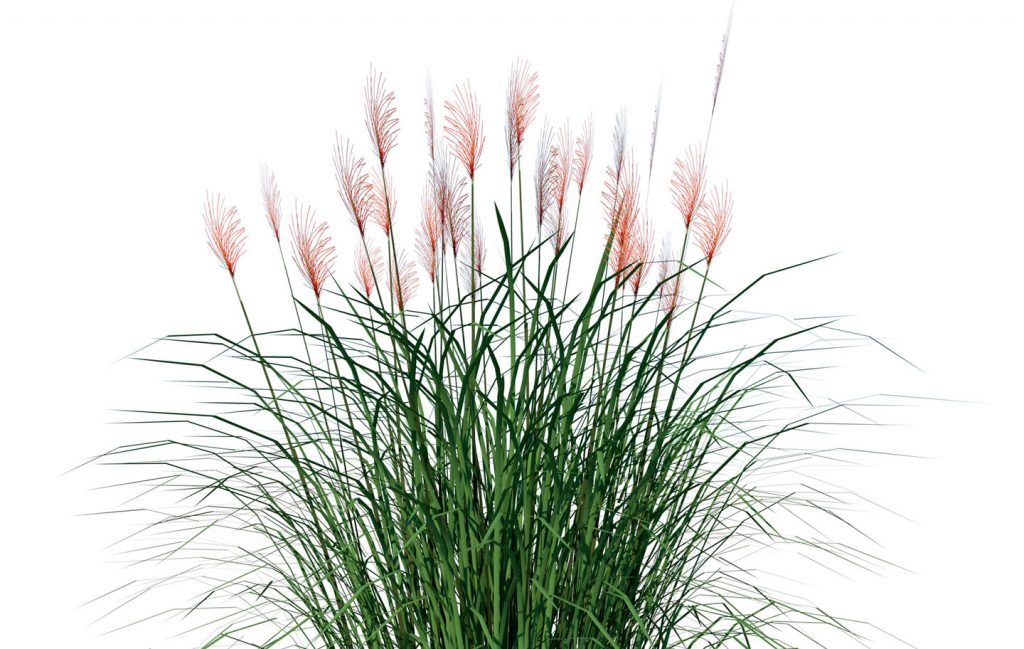
Chrysopogon Zizanioides is commonly known as Vetiver or Khus. It is a perennial grass, which means it lives for more than two years, growing back from the rootstock once winter is over. This is great for erosion control as the roots don’t die off during winter and continue to provide protection. Unlike most grasses which have more horizontally spreading root systems, the root system of Chrysopogon Zizanioides grows downwards. The roots can reach a depth of up to four meters, reaching two meters at the minimum. This incredible root system makes Chrysopogon Zizanioides a great choice for erosion control, especially for stream banks, or in this case, tailing dams. The optimal growing temperature for Chrysopogon Zizanioides is 25 °C however it is tolerant to temperatures ranging from -15 °C up to 55 °C making it incredibly hardy and versatile. At 13 °C shoot growth becomes minimal, but root growth doesn’t go dormant until temperatures as low as 5 °C. In cases where temperatures are regularly, that low Chrysopogon Zizanioides may not be the best choice, but in Australia, it is rare for that to become a problem.
Chrysopogon Zizanioides is tolerant to a low PH and many heavy metals and toxicities found in tailing dams. However, unlike Cynodon Dactylon above, Chrysopogon Zizanioides doesn’t absorb heavy metals. It is still a great choice for revegetation and rehabilitation of tailings dams, especially in situations where you’re also looking for strong erosion control.
However, vetiver grass has to be established vegetatively by root subdivision and cannot be planted as a seed hydraulically. Vetiver is available as tube stock or bare-root slips.
Thinopyrum Ponticum
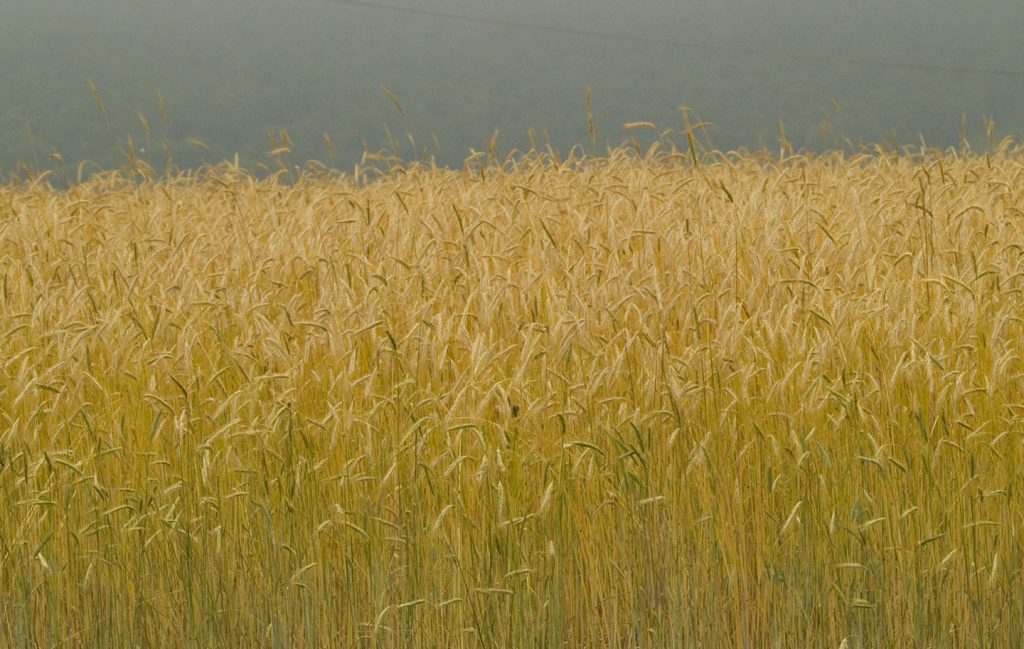
Thinopyrum Ponticum is commonly known as Tall Wheat Grass. This drought-tolerant, summer active tussock forming perennial that grows to a height of 2 meters. It can establish in moderately saline tailings with an ECe of up to 40dS/m in the top 10cm and will persist in winter waterlogged conditions. Thinopyrum Ponticum has the potential to become an environmental weed and the seed mainly disperses in runoff water. Therefore it should only be sown on well-contained tailings storage facilities where there is no runoff and good buffering from surrounding pasture land.
Other options
Erizon has also utilised the following additional plant species for establishing vegetation cover on tailings storage facilities, following laboratory analysis and assessment of the material:
Puccinellia Ciliate – commonly known as Puccinellia, is a perennial grass that is very tolerant of both salinity and water logging.
Paspalum Vaginatum – commonly known as Seashore Paspalum, this grass has high salt tolerance and will grow in very poor quality water.
Trifolium Fragiferum – commonly known as Strawberry Clover, this legume is useful for saline and water-logged conditions and beneficial to include with mixes of salt-tolerant grasses.
Tailings storage facility revegetation and rehabilitation is an important requirement for mine sites. Choosing the wrong grass could have a large negative impact on the project. As always, it’s best to speak to an expert when it is time to make these decisions. Erizon are national experts in rehabilitation and revegetation for mine sites, including tailing storage facilities.
